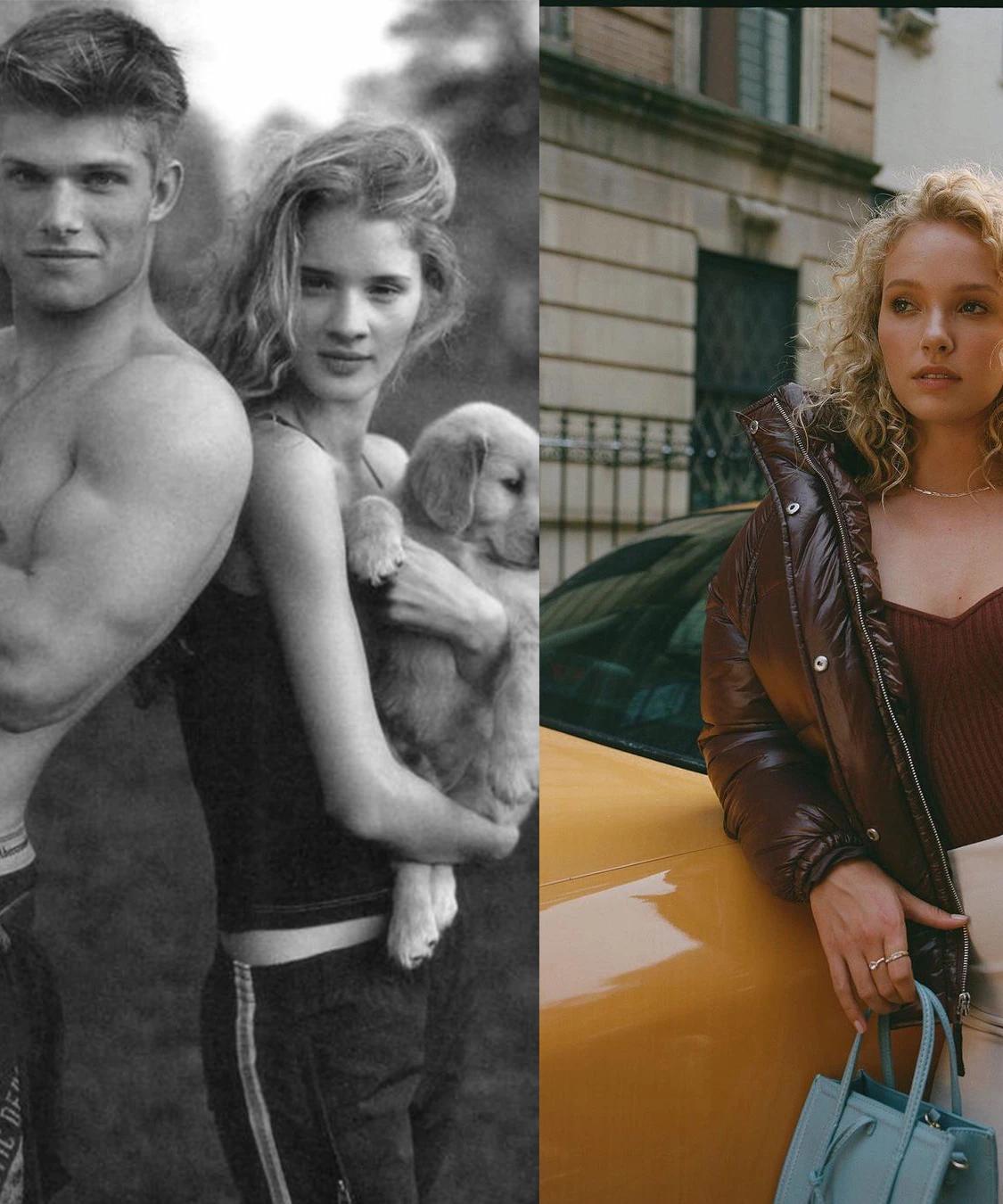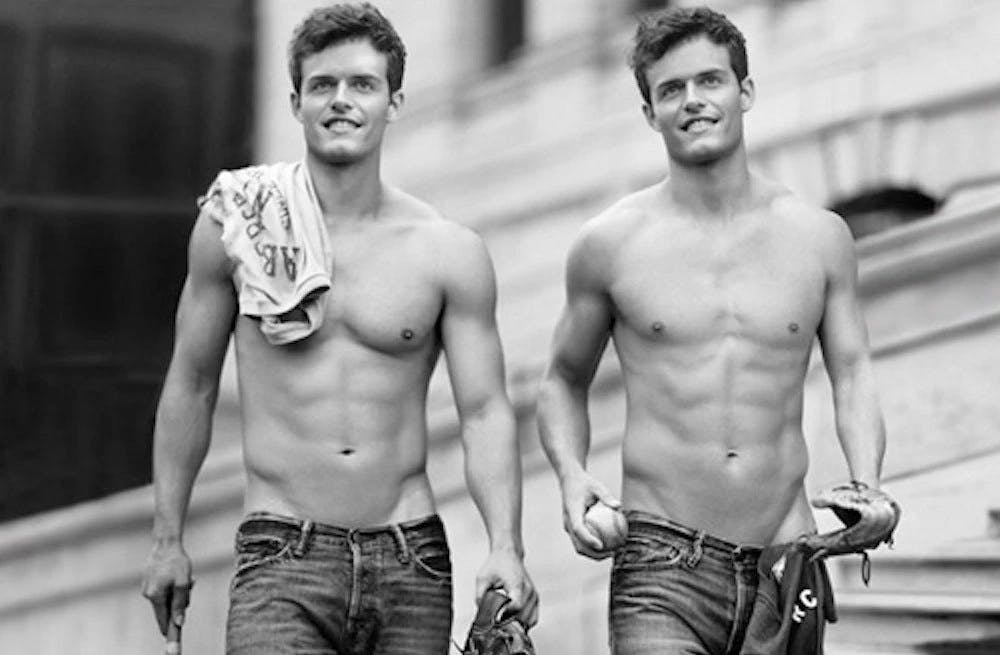How THE Millennial Brand Abercrombie & Fitch Is Making A Comeback With Gen Z
After a complete rebranding, Abercrombie & Fitch is in again. Just with an entirely different generation.

If you were to visit Abercrombie today, and you haven’t been in a while, you might be surprised at what you see. They’ve undergone a complete rebranding, and for Gen Z, it’s working wonders.
Leave it to TikTok and Gen Z to revive a forgotten brand. TikTok videos with hashtags #abercrombiestyle and #abercrombiehaul have gone viral. And going viral on TikTok in this day and age is basically the gold standard of marketing. The best part for senior vice president and marketing director Cary Collins Krug is that it doesn’t cost anything.
Abercrombie & Fitch’s Downfall
If you’re a Millennial, you’ll know how popular Abercrombie once was. During the early 2000s, they were THE brand to be wearing. If you were one of the “cool” kids during that time period, chances are that’s exactly what you were wearing.
But the brand fell out of favor, in no small part due to comments made by the former CEO Mike Jeffries about how he didn’t want “fat” or “not-so-cool kids” wearing his clothes. In 2006, Jeffries told Salon, “In every school, there are the cool and popular kids, and then there are the not-so-cool kids. Candidly, we go after the cool kids. We go after the attractive all-American kid with a great attitude and a lot of friends. A lot of people don’t belong [in our clothes], and they can’t belong. Are we exclusionary? Absolutely.”
This exclusion even extended to clothing sizes, as Abercrombie didn’t carry plus sizes for women. Its size chart didn’t list XL or XXL sizes, and it didn’t sell women’s pants larger than a size 10.
Jeffries would be criticized for his approach, a criticism that wouldn’t die out as his comments resurfaced in 2013.
The look of the brand during those years of peak popularity was simple. As The Washington Post puts it, it was “lots of blonde, toned men in unbuttoned flannel shirts and blonde, toned women in bathing suits.” And to bring that into the stores, the brand hired salespeople who were meant to represent that look. The subliminal message was wear Abercrombie to look like us.


In the same 2006 Salon interview, Jeffries said, “That’s why we hire good-looking people in our stores. Because good-looking people attract other good-looking people, and we want to market to cool, good-looking people. We don’t market to anyone other than that.”
And at the time, it worked. Abercrombie & Fitch was dynamite. The it-brand. The Millennials’ Brandy Melville, I dare say.
What Really Killed the Brand
Everyone talks about Abercrombie’s downfall as the result of Mike Jeffries’ haunting comments, and sure, that’s definitely part of it. He enraged body positivity activists with what he said (and with the brand’s lack of plus sizes). But Brandy Melville is the perfect case study in that being not the real reason for Abercrombie’s downfall. Jeffries may have been a catalyst, but he was not the reason.
Brandy Melville has long been criticized for its one-size-fits-all policy. Countless videos showing that one size does not really fit all can be found on any social media platform you can think of. And yet, what’s changed? Absolutely nothing. They still remain one of the most popular teen brands.
As long as teen girls like Brandy Melville’s clothes, the pretty, thin girls plastered over Instagram and working as sales reps in stores will continue to move product. Brandy Melville’s Instagram account currently boasts a whopping 3.4 million followers. That’s far from being on the down and out.
If the body positivity criticisms of Brandy Melville did nothing to hurt the brand’s success in much more progressive times than 2013 when Jeffries’ comments were rereleased, why would that hurt Abercrombie? The scandal was only window dressing for what was really going on underneath the surface – the aesthetic of the clothes at Abercrombie was slowly but surely going out of fashion, and that’s why sales plummeted.
All it took was a change of aesthetic and a bit of 2022 appropriate statements to bring the band back into favor with a whole new generation.
How Abercrombie Managed Their Comeback
If you go on Abercrombie’s website, you’ll be met with the words “This Is Abercrombie Today” plastered in big, bold letters across the top of the site with an image of a diverse group of twenty and early thirty-somethings – a very different look than anything used between 2005 and 2010.
Their new marketing keeps them up to date with the new playbook for brands of 2022. Diversity is the new look being pushed by a much more progressive generation of youth who want change. But what really brought the sales back is exactly what made them leave before – the aesthetic.
Abercrombie is no longer selling the logos, flannels, and heavy cologne as the markers of their brand. The new aesthetic looks exactly like something you would see a popular Instagram or TikTok influencer showing their followers in an #ootd. Because that’s the new strategy – follow the trends. Social media like TikTok makes it easier than ever for brands to figure out what will sell. Abercrombie did just that, and 4.7 million Instagram followers later, it’s clearly working.
The rise of the influencer is the new game for brands to win in the modern world, and for Gen Z, videos that feature the new aesthetic, favorite items, hauls, or partnerships are making Abercrombie & Fitch the in-brand again.
Closing Thoughts
Gen Z is loving Abercrombie’s new look. The brand that once made clothes for presidents, then for the all-American teenager, is now channeling the modern trendy look you see all over Instagram and TikTok. A whole new generation of the in-crowd will be wearing Abercrombie once again.
We want to know what you think about Evie! Take the official Evie reader survey.